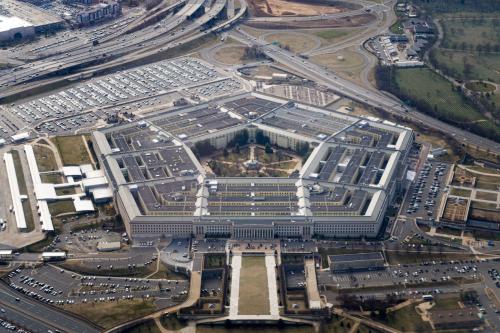The surge and the new American counterinsurgency strategy have improved the situation remarkably in the northern half of Iraq. This progress could serve as the eventual basis for sustainable stability across Iraq. However, as countless people — starting with Gen. David Petraeus, the top United States commander in Iraq — have rightly noted, that progress is fragile.
While the five additional “surge” brigades sent last year were not as important as the changes in strategy and tactics, they were not irrelevant either. By July, American forces in Iraq will be reduced to their pre-surge levels, and will have to demonstrate that they can consolidate these gains with 25 percent fewer forces. Given the slow but fairly steady improvement in Iraqi capacities, this is a reasonable risk.
The problem lies in southern Iraq, as the recent violence amply illustrated.
Thanks to the coalition’s inability to provide security there, southern Iraq has been the battleground of various Shiite militias for years. However, the withdrawal of the last British forces from Basra and the political changes wrought by the surge in Baghdad and its outlying areas (which threaten some of Iraq’s most important Shiite militias) have intensified their competition.
There is a real danger that the deteriorating situation in the south will begin to undermine the progress in Baghdad and the north if left unchecked. It is just not clear that the north can continue to be stabilized if the south collapses.
Nor is there reason to be confident that the Iraqis can do the job on their own, as American commanders seem to hope. Growing numbers of Iraqi units have demonstrated the ability to hold areas in the north cleared by mixed American-Iraqi formations. However, as their performance in the south last month revealed, few Iraqi troops seem ready to clear areas on their own.
So the biggest hurdle that the Bush administration must clear in Iraq in its last eight months in office is to simultaneously reduce American forces by one-quarter, preserve the gains in the northern half, and scrape together enough resources to keep the southern half from heading south.

Commentary
Op-edIraq: Can the South Stand Strong?
May 4, 2008